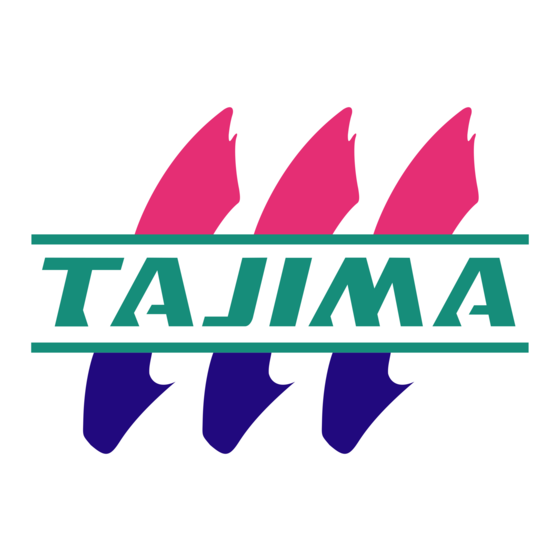
Table of Contents
Advertisement
Quick Links
USER 'S MANUAL
TFMX-IIC TYPE-2
TFMX-C
(single head machine)
TWMX-C
TFMX (L)
1. To turn ON the power ..................................................................34
2. Thread passing, fabric setting......................................................37
3. Registration of a design into the machine memory......................41
5. Decision of the design start position ............................................57
6. Check items before embroidering ................................................64
7. Embroidery starts.........................................................................68
Original Instructions
M-MX47-E
(2020.04)
Advertisement
Table of Contents




Need help?
Do you have a question about the TFMX-IIC and is the answer not in the manual?
Questions and answers
Tajima C1501 Stuck on error 1C1. If the machine is turned off and back on, the error returns immediately. No keys on the control panel have any effect.
Error 1C1 on the Tajima C1501 machine indicates a "Stop by stop switch during trace." To resolve it, press the SET key to restart the operation. Do not turn off the power while 1C1 is displayed, as it may prevent the embroidery from continuing.
This answer is automatically generated
how do i set the length of tail the bobbin thread leaves after a trim on tfmx IIc-1504